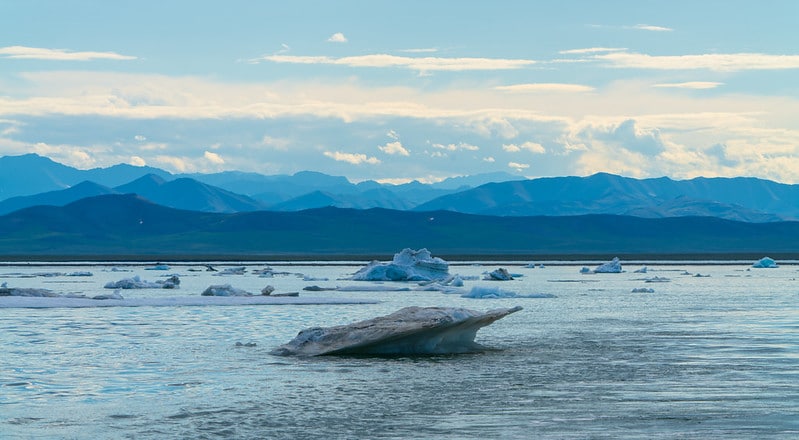In a last-minute move before the end of his term as US President, Donald Trump will today auction off portions of the Arctic national wildlife refuge to oil drillers, presenting the biggest challenge yet to the refuge.
—
What is Happening?
- Bids were submitted at the end of 2020, however, it’s unknown which oil or gas companies sought leases (if any). According to local news sources, however, the Bureau of Land Management has “received interest” in leases, which may have come from the state-owned Alaska Industrial Development and Export Authority, which voted last month to spend as much as USD$20 million on the leases.
- The lands on the northern coastal plain of Alaska- dubbed America’s Serengeti- are home to polar bears and migrating herds of Porcupine caribou that indigenous communities depend on and consider sacred. However, the oil industry has long believed that the ground beneath the refuge holds billions of barrels of petroleum.
- Additionally, earlier this week, the Trump administration dramatically expanded the area where the government can lease public land for oil drilling to the west of the refuge. The plane would allow for drilling in 82% of the National Petroleum Reserve-Alaska, although this decision would be easier for the Biden administration to reverse.
- Once the leases in the refuge are sold, they would be difficult to rescind. However, incoming president Joe Biden could discourage development in the region by putting regulatory hurdles in the way of drillers.
- Historically, oil from drilling west of the refuge, at Prudhoe Bay, has fueled the economic development the state depends on to fill its coffers, however, this extraction has also resulted in one of the most damaging oil spills in history, when the Exxon Valdez tanker spewed millions of barrels off Alaska’s southern coast in 1989. However, the refuge has previously been off-limits for exploration.
You might also like: Why Ecocide Should be an International Crime
Adam Kolton, executive director of the Alaska Wilderness League, says, “For us, it symbolises just what’s at stake here. If you can’t draw a line at the tundra and keep this one area of the Arctic off limits, then the question is, where can you draw the line and what protected part or wildlife refuge in the United States will remain off limits?”
- Groups have argued that the government should not be leasing any public land to oil and gas drilling now, while prices for the commodity are low and supplies are high globally.
- The Arctic wildlife refuge was designated in 1960, and since then, the oil and gas industry and Republicans have pushed for drilling there, which continues today, even though oil is plentiful in supply and fracking has the US a net exporter rather than importer.
- Climate experts have warned that there should be no new oil and gas extraction, as the world is already 1 degree Celsius hotter than pre-industrial times. This warming is even more pronounced in the Arctic, which is warming twice as fast as the rest of the planet, putting wildlife and human lives at risk from sea-level rise.
Update January 8 2020. In a blow to the Trump administration to open the Arctic National Wildlife Refuge to fossil fuel development, only half of the oil and gas leases offered for sale received bids, and all but two of those came from the state of Alaska itself. Only two companies, neither of them major oil producers, made bids to acquire 10-year rights to explore and drill for oil on two tracts totalling about 75 000 acres. A state-owned economic development corporation, offering the minimum of $25 an acre, was the sole bidder on the other tracts, totalling about half a million acres. The rights to another 400 000 acres remained unsold.
The administration said that the plan could bring in nearly a billion dollars, but the sale netted less than $15 million, with half of that going to the state. Environmental activists called it an “epic failure” for the Trump camp.
Featured image by: Flickr

















